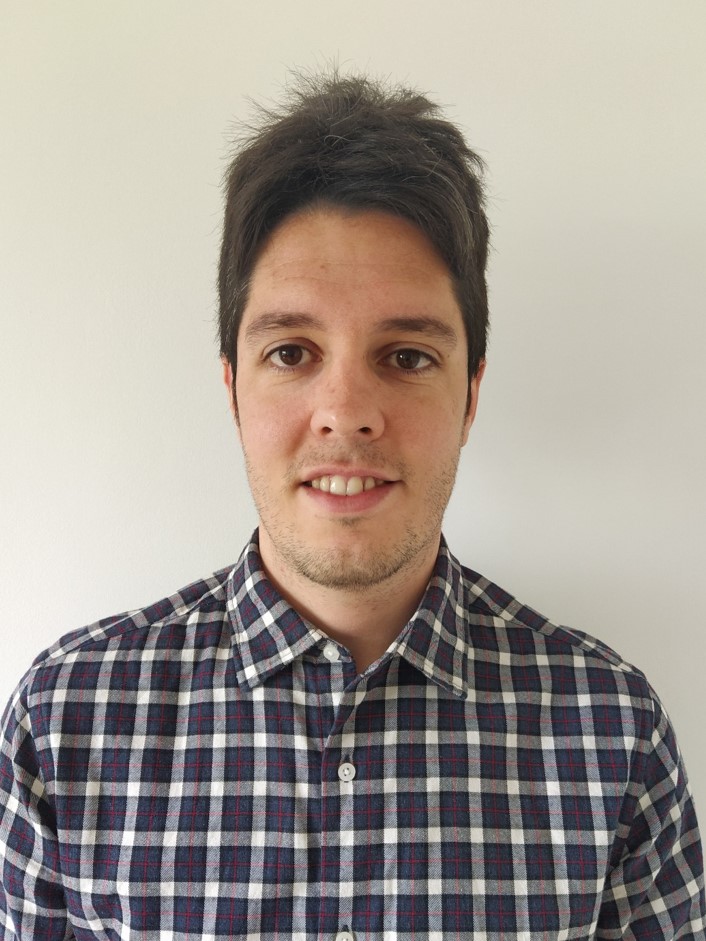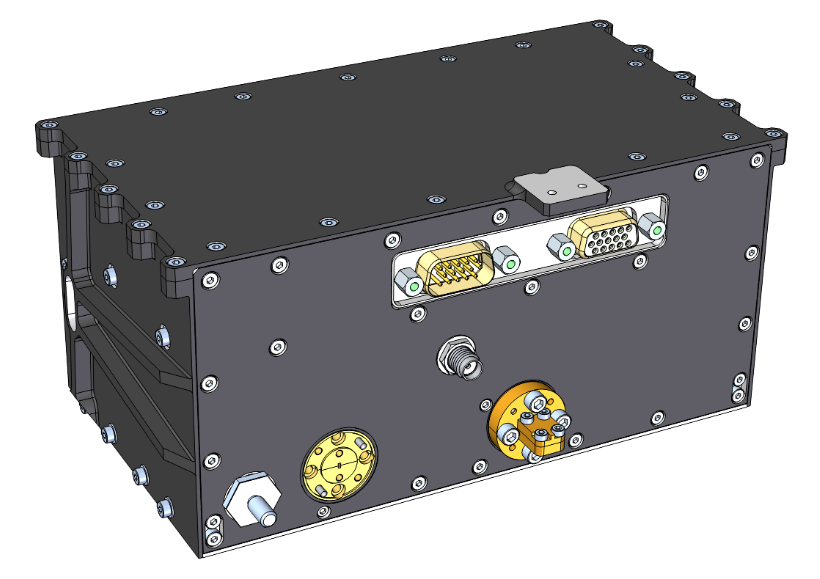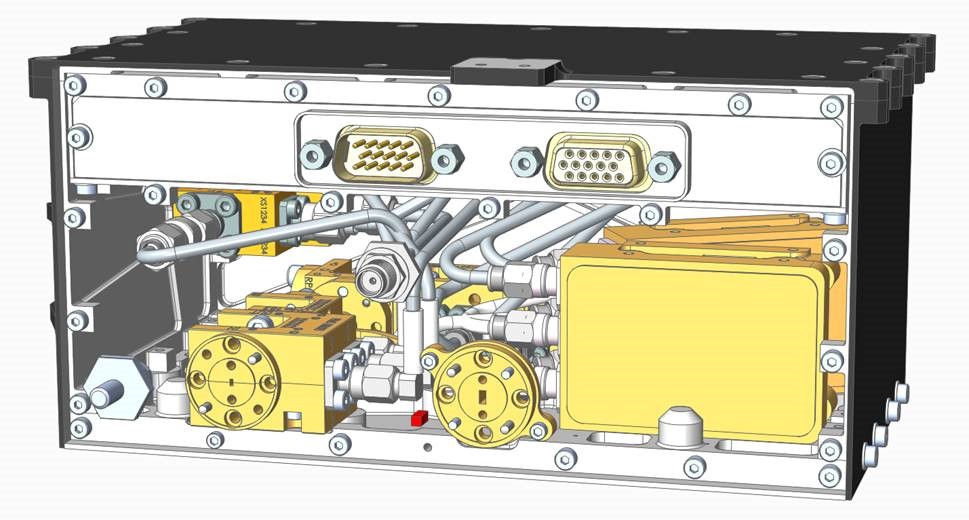Here, David outlines his work:
I am working on the receiver development programme for the MetOp Second Generation (MetOp-SG) weather monitoring mission. MetOp, operated by EUMETSAT, has been providing meteorological observations from polar orbit since 2006. MetOP-SG will continue and enhance the work of its predecessor, ensuring unbroken observations until 2043.
Weather forecasting plays a very important role in modern society and it is pivotal for the prosperity of multiple economic sectors including, agriculture, tourism, insurance and security. My group play an important role in making sure these weather forecasts are based on the most accurate observations of the atmosphere we can get.
At RAL Space, we are developing heterodyne front-end receivers. These are instruments which operate in the millimetre wave range of the electromagnetic spectrum and measure incoming radiation from the ground and the atmosphere. This technology is highly specialised, meaning that our group of scientists and engineers is fairly unique in Europe. We have in-house design capabilities, combined with world-class manufacturing and characterisation facilities. I think there are very few other groups that can do what we do.
 My U.R.S.I. (International Union of Radio Science) GASS 2020 paper details the Engineering Qualification Model front-end receivers at 183 and 229 GHz for the Microwave Sounder (MWS) instrument on MetOp-SG. The MWS will measure atmospheric temperature and humidity profiles in clear and cloudy air, to support numerical weather prediction. For the purpose of weather forecasting, 183 GHz is the centre frequency of a very important window which allows atmospheric water vapour content to be measured across a range of layers, or altitudes. The 229 GHz frequency provides information on cirrus clouds and gives better measurements of humidity.
My U.R.S.I. (International Union of Radio Science) GASS 2020 paper details the Engineering Qualification Model front-end receivers at 183 and 229 GHz for the Microwave Sounder (MWS) instrument on MetOp-SG. The MWS will measure atmospheric temperature and humidity profiles in clear and cloudy air, to support numerical weather prediction. For the purpose of weather forecasting, 183 GHz is the centre frequency of a very important window which allows atmospheric water vapour content to be measured across a range of layers, or altitudes. The 229 GHz frequency provides information on cirrus clouds and gives better measurements of humidity.
I looked at the MWS receiver functional diagrams, the electrical performance properties of the receivers, the environmental testing including vibration, shock, thermal cycling, electromagnetic compatibility and electrostatic discharge, and the instruments that preceded the MWS. I was able to conclude that the MWS will out-perform earlier counterparts and help drive forward technology capability in this area.
The MetOp-SG receivers will be more sensitive than those aboard MetOp, and will allow for finer detection of changes in atmospheric temperature and humidity. Additionally MetOp-SG will feature multiple new observational channels. The combination of these two upgrades will allow atmospheric scientists to improve numerical weather prediction which will help us plan our daily life as well as predict and track extreme weather phenomena.
I hope my paper builds the confidence of weather forecasters and weather forecast users – all of us – that by investing in new and improved technology the predictions keep getting more accurate and reliable. And for myself and my colleagues, that it helps us to keep on building better instruments.
The Young Scientist Awards are presented at the General Assembly Conferences of the U.R.S.I. to recognize an international group of individuals who have made innovative contributions and discoveries in multidisciplinary research related to electromagnetic fields and waves.
David's paper is published and available as a .pdf file on the URSI website.


Images
Centre: © David Cuadrado-Calle
Bottom: MWS 183.3GHz FERx CAD Model © RAL Space
